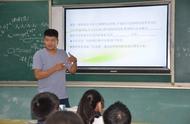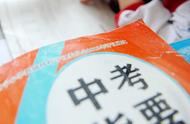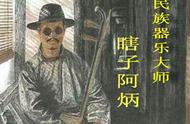
With是个介词,基本的意思是“用”,但它也可以协助构成一个极为多采多姿的句型,在句子中起两种作用;副词与形容词。
with在下列结构中起副词作用:
1.“with 宾语 现在分词或短语”,如:
(1) This article deals with common social ills, with particular attention being paid to vandalism.
2.“with 宾语 过去分词或短语”,如:
(2) With different techniques used, different results can be obtained.
(3) The TV mechanic entered the factory with tools carried in both hands.
3.“with 宾语 形容词或短语”,如:
(4) With so much water vapour present in the room, some iron-made utensils have become rusty easily.
(5) Every night, Helen sleeps with all the windows open.

4.“with 宾语+介词短语”,如:
(6) With the school badge on his shirt, he looks all the more serious.
(7) With the security guard near the gate no bad character could do any thing illegal.
5.“with 宾语+副词虚词”,如:
(8) You cannot leave the machine there with electric power on.
(9) How can you lock the door with your guests in?
上面五种“with”结构的副词功能,相当普遍,尤其是在科技英语中。
接着谈“with”结构的形容词功能,有下列五种:
一、“with 宾语 现在分词或短语”,如:
(10) The body with a constant force acting on it. moves at constant pace.
(11) Can you see the huge box with a long handle attaching to it ?
二、“with 宾语 过去分词或短语”
(12) Throw away the container with its cover sealed.
(13) Atoms with the outer layer filled with electrons do not form compounds.
三、“with 宾语 形容词或短语”,如:
(14) Put the documents in the filing container with all the drawers open.
四、“with 宾语 介词短语”,如:
(15) The young lady with a red ribbon on her head is my former maths teacher.
(16) Do you know the gentleman with both hands in his pockets?
五、“with 宾语 副词虚词,”如:
(17) Is there any water in the kettle with this cover off ?
(18) Out went the boy scouts with their uniforms on.
















